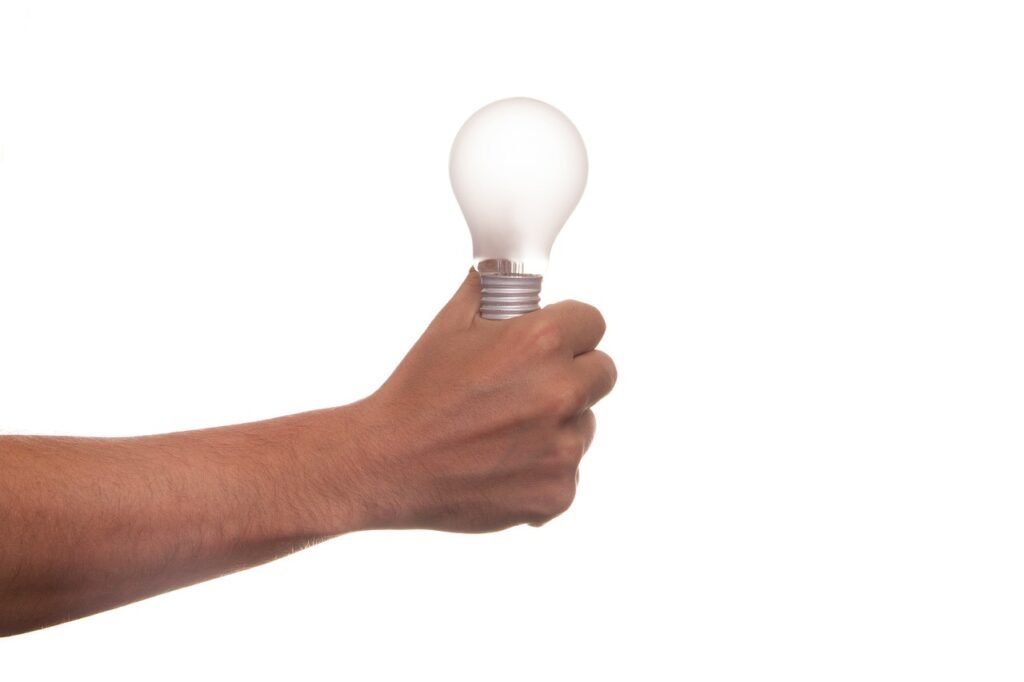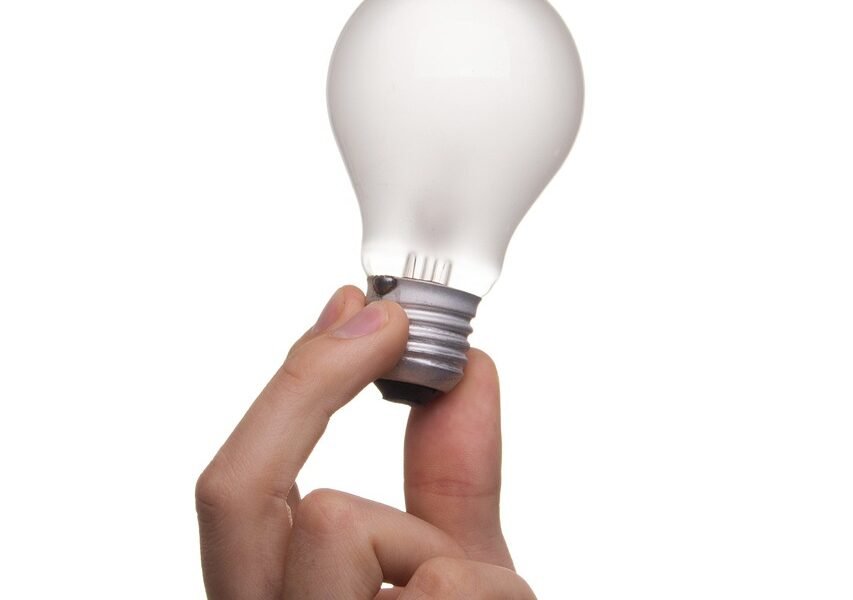Hello there! Are you looking to save money on your electricity bill while also helping the environment? Look no further than installing energy-efficient lighting in your home. From LED bulbs to smart light switches, there are a variety of options available to help you reduce your energy consumption and lower your carbon footprint. With a few simple tips and tricks, you can easily switch to energy-efficient lighting and start seeing the benefits right away. Let’s dive into some helpful tips for installing energy-efficient lighting in your home!
Tips for Installing Energy-Efficient Lighting
Are you looking to save money on your energy bills while also reducing your environmental impact? Installing energy-efficient lighting in your home is a great way to accomplish both of these goals. In this article, we will discuss various energy-efficient lighting options and provide you with tips on how to install them effectively. Let’s get started!
Energy-Efficient Lighting Options
When it comes to energy-efficient lighting, there are several options available on the market. LED, CFL, and halogen bulbs are some popular choices that can help you lower your energy consumption and reduce your electricity bills. LEDs are known for their long lifespan and energy efficiency, while CFLs are a more affordable option that still offers energy savings. Halogen bulbs provide a bright light that is similar to traditional incandescent bulbs but use less energy.
It’s essential to research each type of energy-efficient lighting to determine which is the best fit for your home and lighting needs. Consider factors such as the brightness, color temperature, and lifespan of the bulbs to make an informed decision that will benefit both your wallet and the environment.

This image is property of pixabay.com.
LED Bulbs
LED bulbs are one of the most popular choices for energy-efficient lighting. They are highly energy-efficient, using up to 75% less energy than traditional incandescent bulbs, and last much longer. LED bulbs come in a variety of shapes, sizes, and color temperatures, making them a versatile option for any lighting fixture in your home. Additionally, LED bulbs do not contain any mercury or emit UV radiation, making them a safe and eco-friendly choice.
When installing LED bulbs, make sure to check the wattage equivalence to ensure they will provide the right amount of light for your space. LED bulbs are available in different color temperatures, ranging from warm white to cool white, allowing you to create the ambiance you desire in each room of your home. Consider using dimmable LED bulbs for areas where you want to adjust the brightness level to suit your needs.
CFL Bulbs
CFL bulbs are another energy-efficient lighting option that can help you save money on your electricity bills. While CFLs are not as energy-efficient as LEDs, they still use up to 70% less energy than traditional incandescent bulbs. CFL bulbs are available in various shapes and sizes and can fit into most standard light fixtures. They are a cost-effective choice for homeowners looking to make their lighting more energy-efficient without breaking the bank.
When installing CFL bulbs, keep in mind that they contain a small amount of mercury and should be disposed of properly to prevent environmental contamination. Be sure to check the color temperature and brightness level of the CFL bulbs to ensure they meet your lighting needs. Consider using CFL bulbs in areas where you need bright, consistent light, such as task lighting in your kitchen or home office.

This image is property of pixabay.com.
Halogen Bulbs
Halogen bulbs are a type of incandescent bulb that is more energy-efficient than traditional incandescent bulbs but less energy-efficient than LEDs and CFLs. They provide a bright, white light that is similar to natural daylight, making them a popular choice for task lighting in kitchens, bathrooms, and workspaces. Halogen bulbs are available in various shapes and sizes, making them suitable for a wide range of lighting fixtures.
When installing halogen bulbs, be aware that they emit heat and should be handled with care to avoid burns. Halogen bulbs have a shorter lifespan than LEDs and CFLs, so they may need to be replaced more frequently. Consider using halogen bulbs in areas where you need bright, focused light, such as over a kitchen island or above a bathroom vanity.
Tips for Installing Energy-Efficient Lighting
Now that you have chosen the right energy-efficient lighting for your home, it’s time to install them effectively to maximize their energy-saving benefits. Here are some tips to help you install energy-efficient lighting in your home:
Upgrade Light Fixtures
One of the first steps to installing energy-efficient lighting in your home is to upgrade your light fixtures. Older fixtures may not be compatible with energy-efficient bulbs, so consider replacing them with fixtures that are designed for LED, CFL, or halogen bulbs. Look for fixtures that are ENERGY STAR certified for maximum energy savings and performance.

This image is property of pixabay.com.
Check Compatibility
Before installing energy-efficient bulbs in your existing fixtures, check their compatibility to ensure they will work properly. Some older fixtures may not be able to handle the lower wattage of energy-efficient bulbs, leading to flickering or inconsistent light output. If necessary, replace the fixtures with ones that are compatible with the bulbs you have chosen.
Use Dimmer Switches
Installing dimmer switches in your home can help you adjust the brightness level of your energy-efficient bulbs to suit your needs and mood. Dimmers not only allow you to create the perfect ambiance but also help you save energy by reducing the light output when full brightness is not required. Make sure to choose dimmer switches that are compatible with the type of bulbs you have installed.
Install Motion Sensors
Motion sensors are a great addition to areas of your home where lighting is not needed continuously, such as hallways, closets, or outdoor spaces. By installing motion sensors, you can ensure that lights are only turned on when someone is present, saving energy and extending the lifespan of your bulbs. Motion sensors are easy to install and can be a cost-effective way to make your lighting more energy-efficient.
Consider Smart Lighting
Smart lighting systems allow you to control your lights remotely using a smartphone or smart home assistant. With smart lighting, you can adjust the brightness, color temperature, and scheduling of your lights to maximize energy savings and convenience. Smart lighting systems can also integrate with other smart home devices for a seamless lighting experience throughout your home.
Position Lighting Strategically
When installing energy-efficient lighting in your home, consider the placement of each light fixture to maximize its effectiveness. Position lights strategically to provide adequate illumination for tasks while minimizing energy consumption. Use multiple light sources in larger rooms to distribute light evenly and reduce the need for high-wattage bulbs.
Use Natural Light
Take advantage of natural light in your home by using it to supplement your artificial lighting. Position furniture and window treatments to allow natural light to enter your space during the day, reducing the need for artificial lighting. Consider installing skylights or solar tubes to bring more natural light into interior spaces and reduce reliance on energy-consuming lighting.
Regular Maintenance
After installing energy-efficient lighting in your home, it’s essential to perform regular maintenance to ensure optimal performance and energy savings. Clean your light fixtures and bulbs regularly to remove dust and debris that can obstruct light output. Check for loose connections, flickering lights, or dimming bulbs that may indicate a problem with the installation or fixture.
By following these tips for installing energy-efficient lighting in your home, you can reduce your energy consumption, lower your electricity bills, and create a more environmentally friendly living space. Make the switch to energy-efficient lighting today and start enjoying the benefits of a brighter, more sustainable home.



